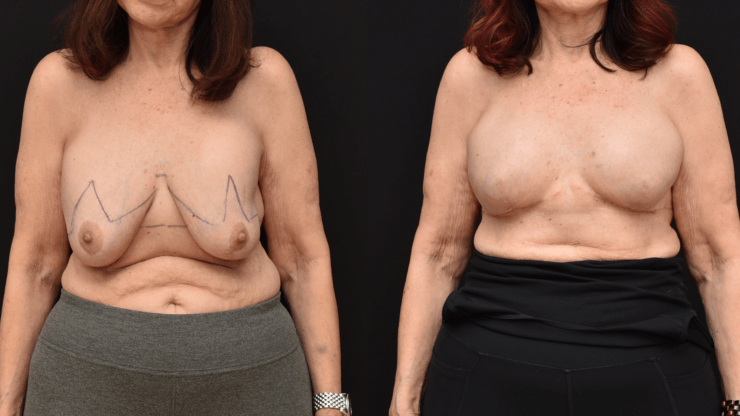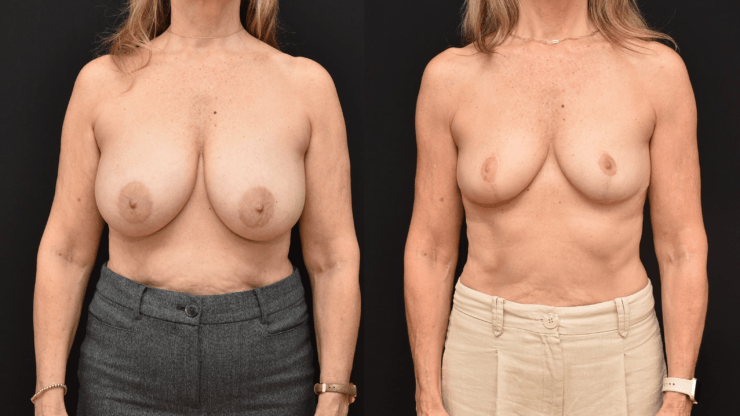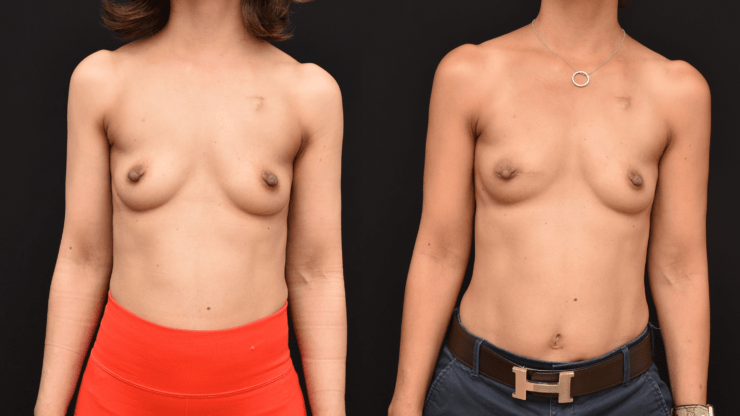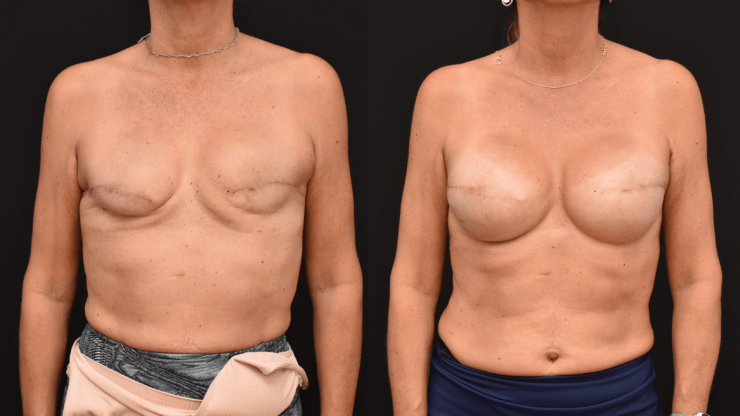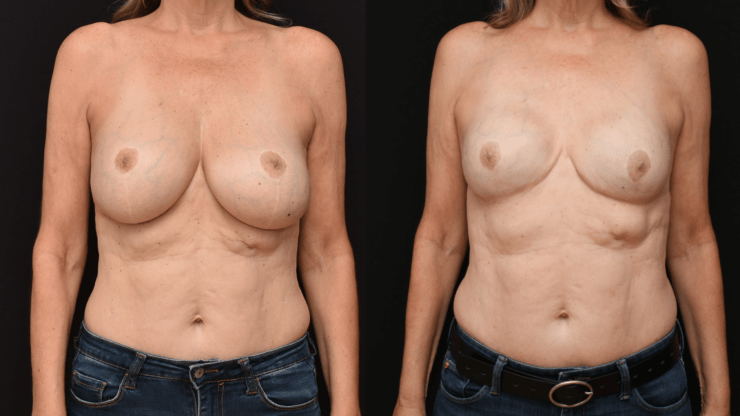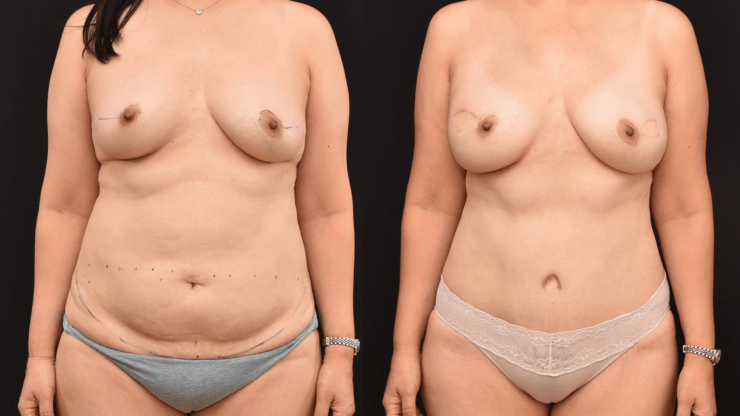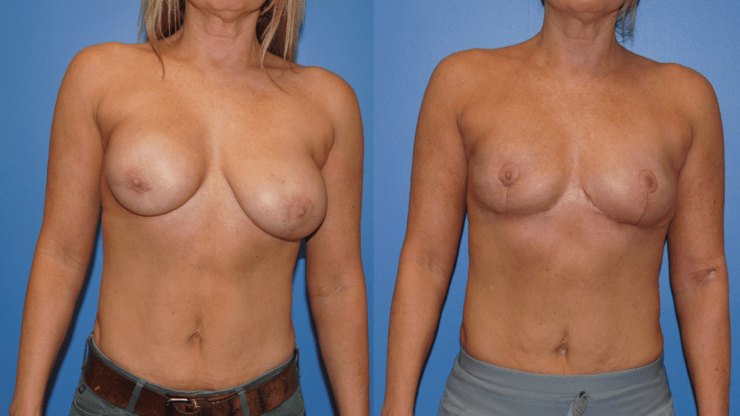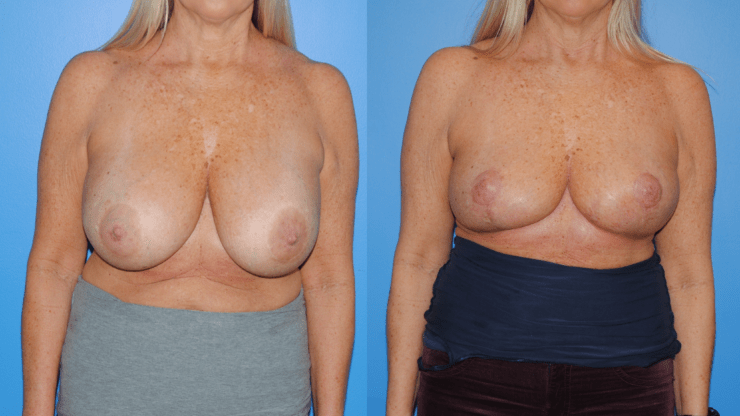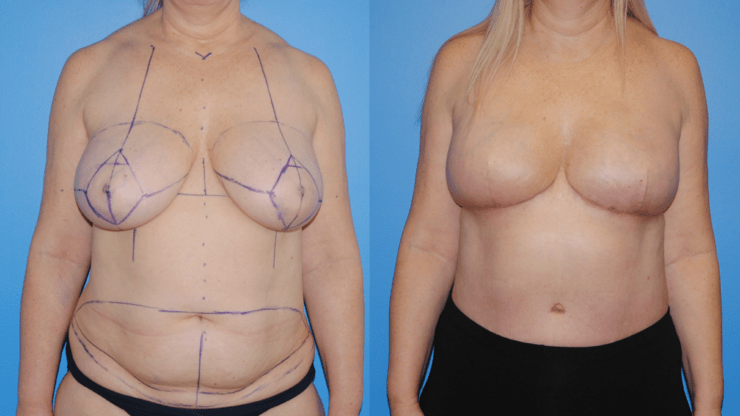Bilateral mastectomy is a common procedure to treat breast cancer. Occasionally, if a patient has breast cancer in one breast, they may opt to undergo a prophylactic mastectomy on the other breast. In a patient who has breast ptosis or a droopy breast, it may be difficult to try to spare the nipple areola complex. In patient with ptotic breasts,…
